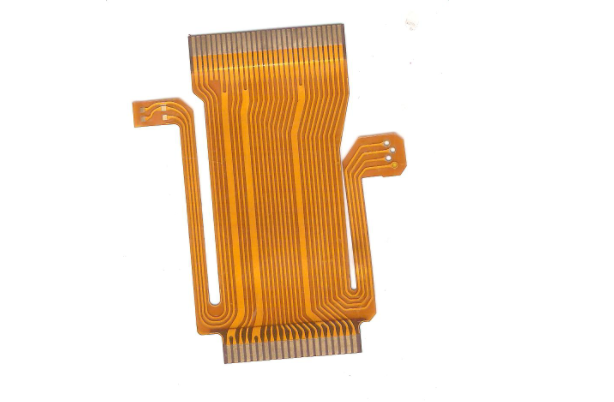The future development of optical waveguide circuit boards
The demand for high-speed and high-capacity transmission of multimedia information and data such as sound, image, and even video has caused the existing signal transmission methods to encounter bottlenecks. The traditional method of transmitting signals through metal wires has increased the frequency of the wires to the GHz range. The skin effect (Skin Effect)? m is serious, making the circuit board design difficult and affecting the transmission efficiency and signal integrity.
Because of this, HDI circuit boards are being designed for very high transmission speed products. The challenges of optics and electronics and the technology integrated on the PCB are taking off. Before 2010, it is expected that the demand for photoelectric circuit board PCB will grow to 2.5 billion US dollars per year.
Extremely fine pitch miniaturization, extremely fast clock speed, and signal bandwidth are challenging system designers to find better ways to overcome RFI, EMI (Radio Frequency Interference, Electro-Magnetic Interference), etc. The negative effect of this affects the effectiveness of the product.
Because of the light's ability to be free from interference and rapid transmission, it is favored by the electronics industry. Many products that require a large amount of information exchange are looking forward to the integration of optoelectronic technology and electronic products. However, the current optical signal transmission is still mostly limited to the transmission of the backbone network, and even the large branch network has not been completed yet. Therefore, the comprehensive practicality needs to be widely used on the end of the spectrum.

Of course, the use of optoelectronics for signal transmission on circuit boards is an indicator of popularization of optoelectronic applications. If the optical path and the circuit can be co-existed on the circuit board in the future, and the price of the circuit board production is also comparable to that of the current circuit board, the optoelectronic era will come.
Generally, the description of the optical path is called Optical Wave Guide. The current issues are how to cite the right materials, how to integrate with electricity, how to turn the light at 90 degrees, and how to be compatible with existing circuit boards. superior. Although the current situation is that there are more theory than reality, many optical waveguide concepts and products are still in the laboratory stage, but many signs show that the biggest problem at present is still the issue of mass production and material compatibility. At present, many test results in the semiconductor field have been released, and they may be used in the production of optical waveguide circuit boards in the future.
(1) PolyGuide: The light-sensitive polymer developed by DuPont 10 years ago was developed by the Hewlett-packard laboratory as early as 1995. Molecular waveguide (PolyGuide) and connector, to the fiber end. The return signal goes from the second 12-channel polymer waveguide on the same processor to an image detector, and then back to the computer.
(2) TOP Cat: is another planar polymer waveguide, the material is polynorbornene (polymaleic anhydride)
ipcb is a high-precision, high-quality PCB manufacturer, such as: isola 370hr PCB, high-frequency PCB, high-speed PCB, ic substrate, ic test board, impedance PCB, HDI PCB, Rigid-Flex PCB, buried blind PCB, advanced PCB, microwave PCB, telfon PCB and other ipcb are good at PCB manufacturing.
a